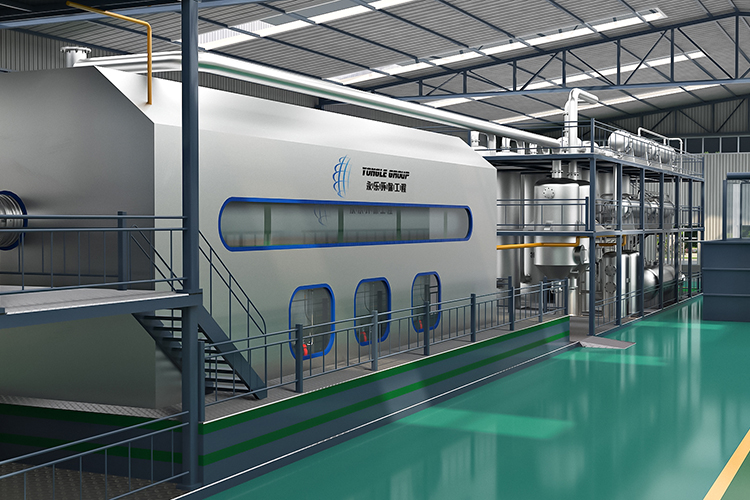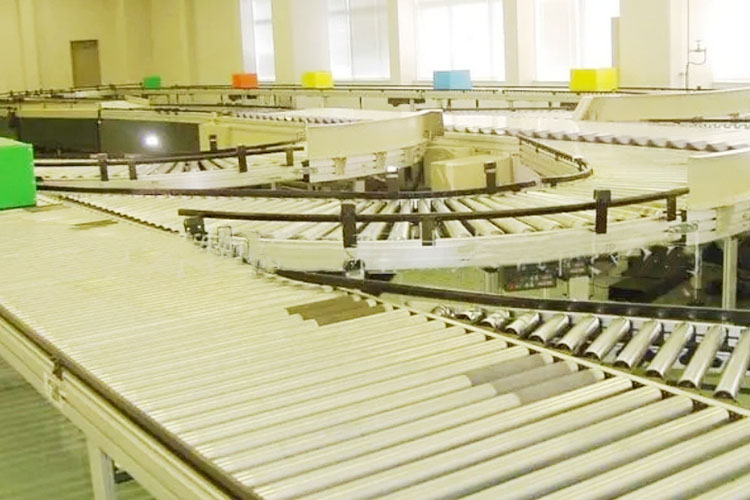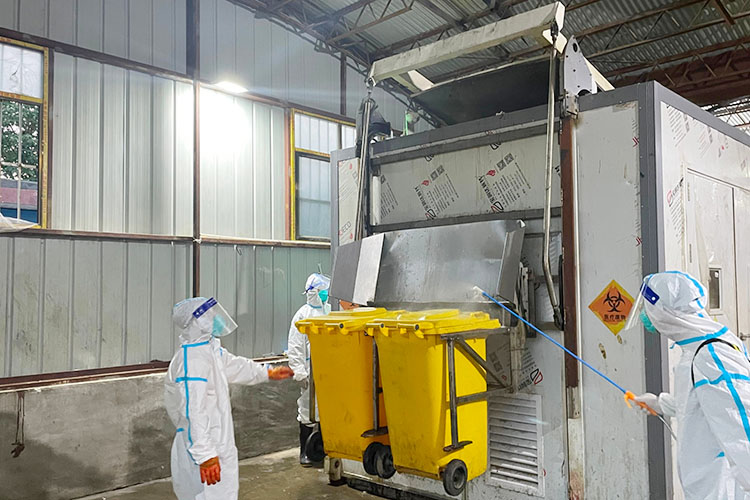Medical waste disposal equipment plays a crucial role in modern healthcare systems, aiming to effectively and safely handle various types of medical waste to prevent potential threats to the environment and human health. These devices are widely used in medical institutions such as hospitals, clinics, laboratories, etc., involving a wide range of types of medical waste, including biohazardous waste, infectious substances, chemical residues, etc.
Firstly, the core function of medical waste disposal equipment is to classify and collect medical waste. Effective classification can separate recyclables, hazardous waste, and regular garbage, providing convenience for subsequent processing. Most devices are equipped with multiple containers or sorting systems that can quickly identify and classify different types of medical waste. The accuracy of classification directly affects the safety and effectiveness of subsequent processing.
Secondly, disinfection and sterilization are essential functions of medical waste disposal equipment. Medical waste often contains a large number of pathogenic microorganisms, and if not handled properly, it can easily lead to cross infection. Therefore, many devices adopt technologies such as high-temperature steam sterilization and chemical disinfection to ensure the complete elimination of pathogens during the processing. This process not only ensures the safety of medical workers and patients, but also maintains public health.

In addition, modern medical waste disposal equipment is often equipped with a crushing function. Crushing can significantly reduce the volume of medical waste and lower transportation and storage costs. Crushed garbage can improve processing efficiency and reduce the risk of leakage during subsequent incineration or landfill treatment. This design makes the disposal of medical waste safer and more efficient.
Incineration is a commonly used method for medical waste treatment, and many devices are equipped with high-efficiency incinerators. The incineration process not only converts medical waste into heat energy, but also reduces the volume of waste and lowers environmental pollution. Modern incinerators are usually equipped with exhaust gas treatment systems that can effectively remove harmful gases and particulate matter, ensuring that the incineration process meets environmental standards and minimizing negative impacts on the environment.
With the continuous advancement of technology, the automation level of medical waste disposal equipment is also constantly improving. Many devices are equipped with intelligent monitoring systems that can monitor the processing process in real time, automatically adjust operating parameters, thereby improving processing efficiency and safety. This intelligent development not only optimizes the garbage disposal process, but also improves the convenience of equipment operation and reduces the burden on operators.

In terms of environmental protection, medical waste treatment equipment is increasingly considering resource conservation and reuse. Some devices are starting to use renewable materials for manufacturing and introducing energy-saving technologies to reduce energy consumption during the processing. At the same time, the design and operation of the equipment must also comply with national and regional environmental regulations to ensure that no secondary pollution is generated during the treatment process.
Finally, training and management of medical waste disposal equipment are equally important. Operators must receive professional training to familiarize themselves with the operating procedures and maintenance methods of the equipment, ensuring the safety and effectiveness of the equipment during use. In addition, medical institutions should establish a sound management system to monitor the entire process of collecting, transporting, and processing medical waste, ensuring that every step meets relevant standards.

In summary, medical waste disposal equipment plays a crucial role in ensuring public health and environmental safety. With the continuous development of the medical industry and technological advancements, these devices will continue to innovate, improve processing efficiency, and help build a safer and greener medical environment.
Yongle Environmental Protection is mainly engaged in the research and development, production and sales of complete sets of technical equipment for organic solid waste disposal and comprehensive utilization. Production and manufacturing, domestic waste treatment equipment, tire pyrolysis equipment, medical waste disposal equipment, hazardous waste disposal equipment, and achieve efficient and comprehensive utilization of resources through independently developed low-temperature anaerobic pyrolysis equipment technology solutions.
Tags:Introduction to the functions of medical waste treatment equipment,medical waste treatment equipment,YONGLE GROUP
 Latest news
Latest news


























